A sourdough starter is almost like a little bit of magic. You take just flour and water, let time do its thing, and suddenly, you’ve got a bubbling, living culture filled with wild yeast and good bacteria. That slow, natural fermentation is what gives sourdough its signature tang, chewy texture, and crisp crust—bread that feels like it has a story in every bite.
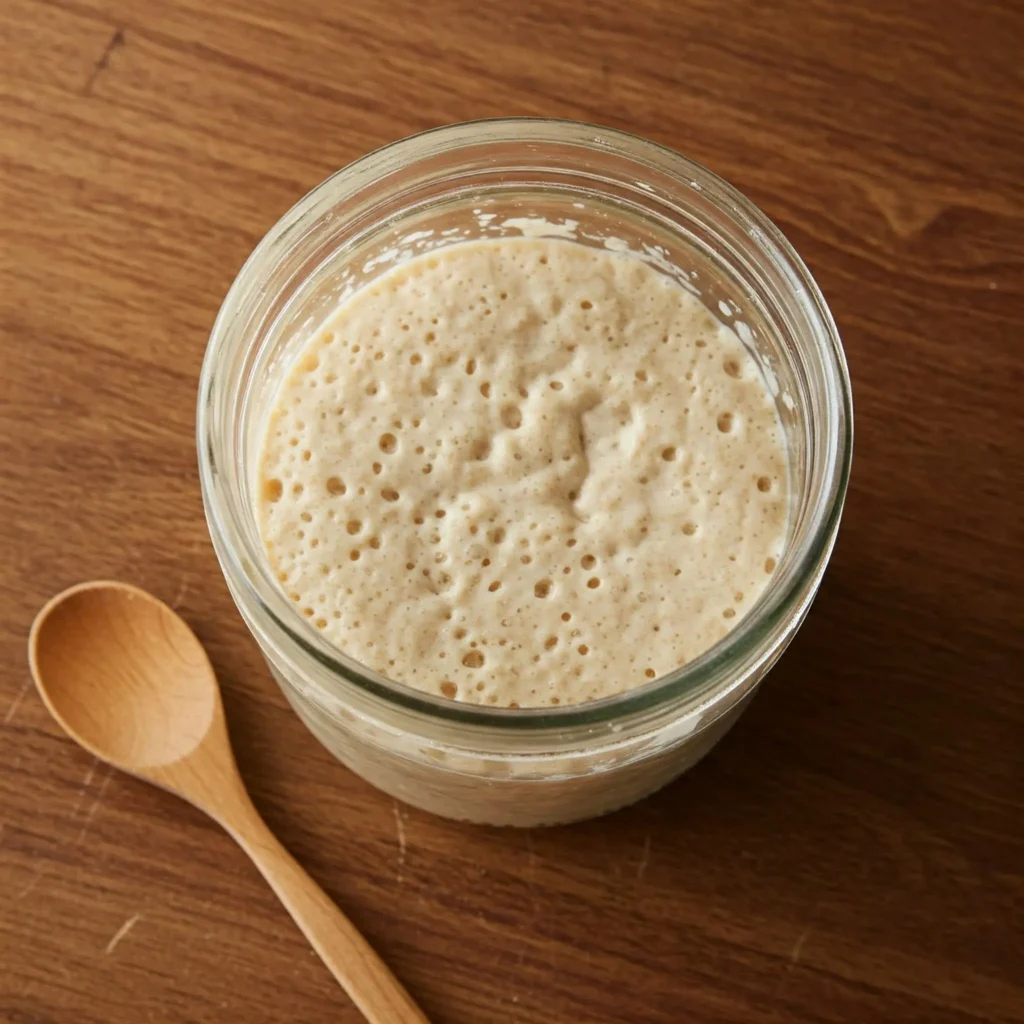
Unlike store-bought yeast, which works fast and predictably, sourdough moves at its own speed.
The wild yeast takes its time, fermenting in a way commercial yeast just can’t replicate. Meanwhile, lactic acid bacteria develop those deep, slightly sour flavors that make sourdough so special. The end result? A loaf with character, depth, and a flavor that’s worth the wait.
Starting a sourdough culture is easier than it sounds. Just mix flour and water, leave it out at room temperature, and let nature take over. In a few days, you’ll see bubbles—proof that your little ecosystem is alive. Keep feeding it, and your starter can last forever, becoming a trusted baking companion. Some bakers even pass theirs down for generations, carrying a little bit of history in every loaf.
Key Takeaways
- Understanding the sourdough starter is essential for successful sourdough brownie baking.
- The science behind sourdough brownies involves the fermentation process and its impact on texture and flavor.
- Tips for achieving the perfect texture include proper mixing and baking techniques.
- Enhance the flavor of sourdough brownies by experimenting with different ingredients and flavor combinations.
- Sourdough brownie recipe variations allow for creativity and customization to suit individual preferences.
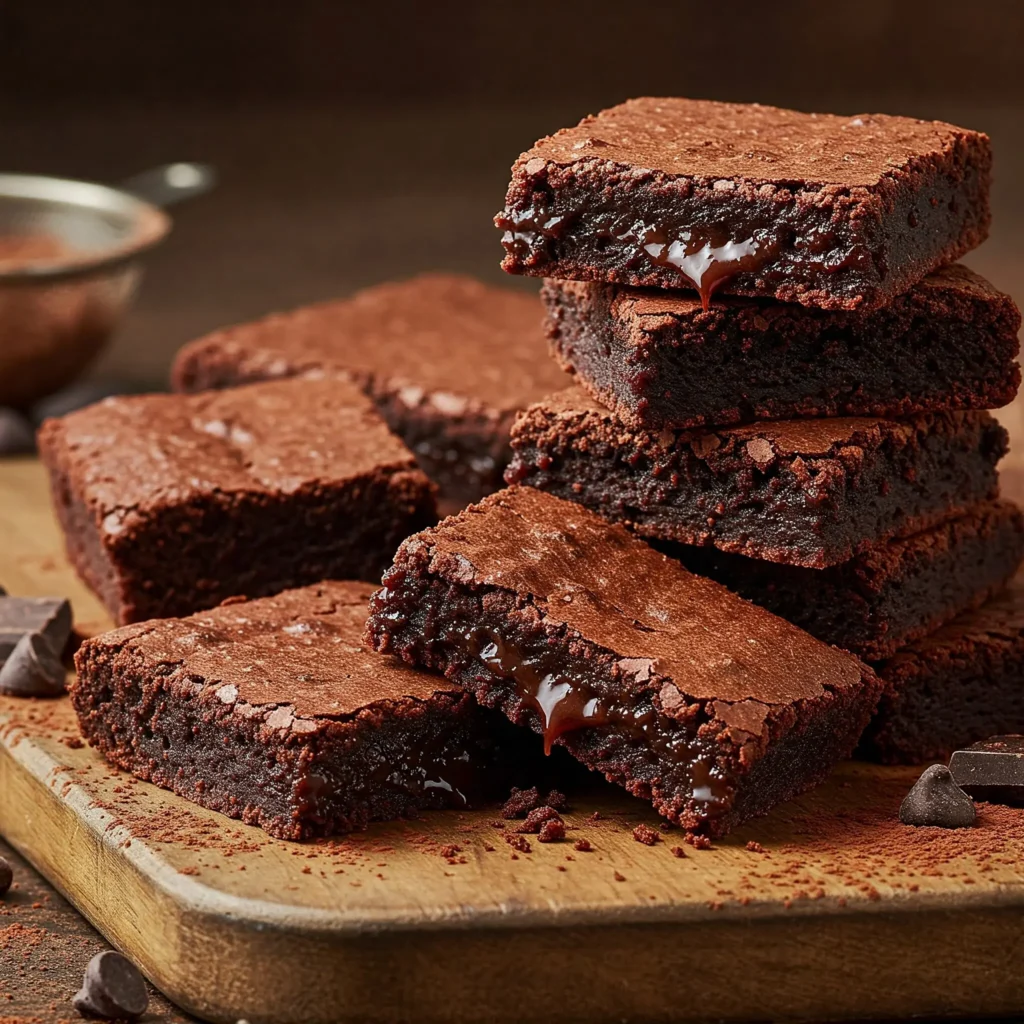
The Science Behind Sourdough Brownies
Have you ever pondered the reason why sourdough brownies taste different? The starter is not merely a gimmick. It entirely transforms both texture and flavor. The wild yeast performs its magic creating a soft airy crumb that remains incredibly moist.
However the real star is the lactic acid bacteria. They add a subtle tang that deepens the chocolate’s richness making every bite feel more intense and complex. It’s not solely about taste. Sourdough actually alters the way your body processes brownies.
The fermentation breaks down complex carbs making nutrients simpler to absorb which is why some individuals find them easier to digest compared to regular brownies made with baking powder or commercial yeast. Also, the slight acidity in the starter helps relax the gluten giving the brownies a softer almost melt-in-your-mouth texture.
Tips for Achieving the Perfect Texture
To get the ideal texture for sourdough brownies focus on the hydration & activity of your sourdough starter. A well-fed active starter provides the necessary leavening power creating a light airy texture in the brownies.
Using a combination of sourdough starter and a small amount of baking soda helps ensure a good rise and tender crumb.
Avoid overmixing the batter as it can lead to tough dense brownies. Mix just until the ingredients combine to prevent gluten development resulting in a more tender texture. Finally use high-quality cocoa powder and chocolate for rich flavor and moistness in your sourdough brownies.
Enhancing Flavor with Sourdough
| Flavor Enhancing Factor | Effect |
|---|---|
| Acetic Acid | Provides a tangy flavor |
| Lactic Acid | Contributes to a mild, slightly sour taste |
| Complex Aromas | Creates a rich and complex flavor profile |
| Increased Nutrient Availability | Improves overall flavor development |
Sourdough starter adds depth and complexity to the flavor of brownies, making them more interesting and nuanced than traditional brownies made with commercial yeast or baking powder. The tangy notes from the sourdough complement the sweetness of the chocolate, creating a well-balanced flavor profile that is both rich and slightly acidic. Additionally, the fermentation process that occurs when using sourdough starter can help to develop complex flavor compounds in the brownies, resulting in a more flavorful end product.
To further enhance the flavor of sourdough brownies, consider adding mix-ins such as nuts, dried fruit, or even a swirl of tangy cream cheese for added richness and contrast. Experimenting with different types of chocolate, such as dark, milk, or white chocolate, can also add depth and complexity to the flavor profile of your sourdough brownies.
Tips for Achieving the Perfect Texture
To get the best texture, pay close attention to the hydration and activity of your sourdough starter. An active, well-fed starter ensures the right level of aeration for a moist and tender crumb. A small amount of baking soda can also help boost the rise and softness of the brownies.
- Use a well-fed starter: If your starter has been sitting in the fridge for a week without feeding, give it a refresh before using it in brownies.
- Don’t overmix: Stir just until combined to avoid developing too much gluten, which can make brownies tough.
- Choose the right chocolate: High-quality dark chocolate or Dutch-processed cocoa powder will make a noticeable difference in flavor.
- Experiment with mix-ins: Nuts, chocolate chips, or even a swirl of peanut butter can take your sourdough brownies to the next level.
Step-by-Step Sourdough Brownie Recipe
Ingredients:
- Unsalted butter – 1/2 cup (113g)
- Granulated sugar – 1 cup (200g)
- Brown sugar – 1/2 cup (100g)
- Large eggs – 2
- Vanilla extract – 1 teaspoon
- Sourdough starter (discard or active) – 1/2 cup (120g)
- Unsweetened cocoa powder – 1/3 cup (30g)
- Salt – 1/2 teaspoon
- Baking soda – 1/4 teaspoon
- All-purpose flour – 1/2 cup (60g)
- Chocolate chips or chopped dark chocolate – 1/2 cup (85g)
- Optional:
- Espresso powder – 1/2 teaspoon
- Chopped nuts – 1/2 cup (50g)
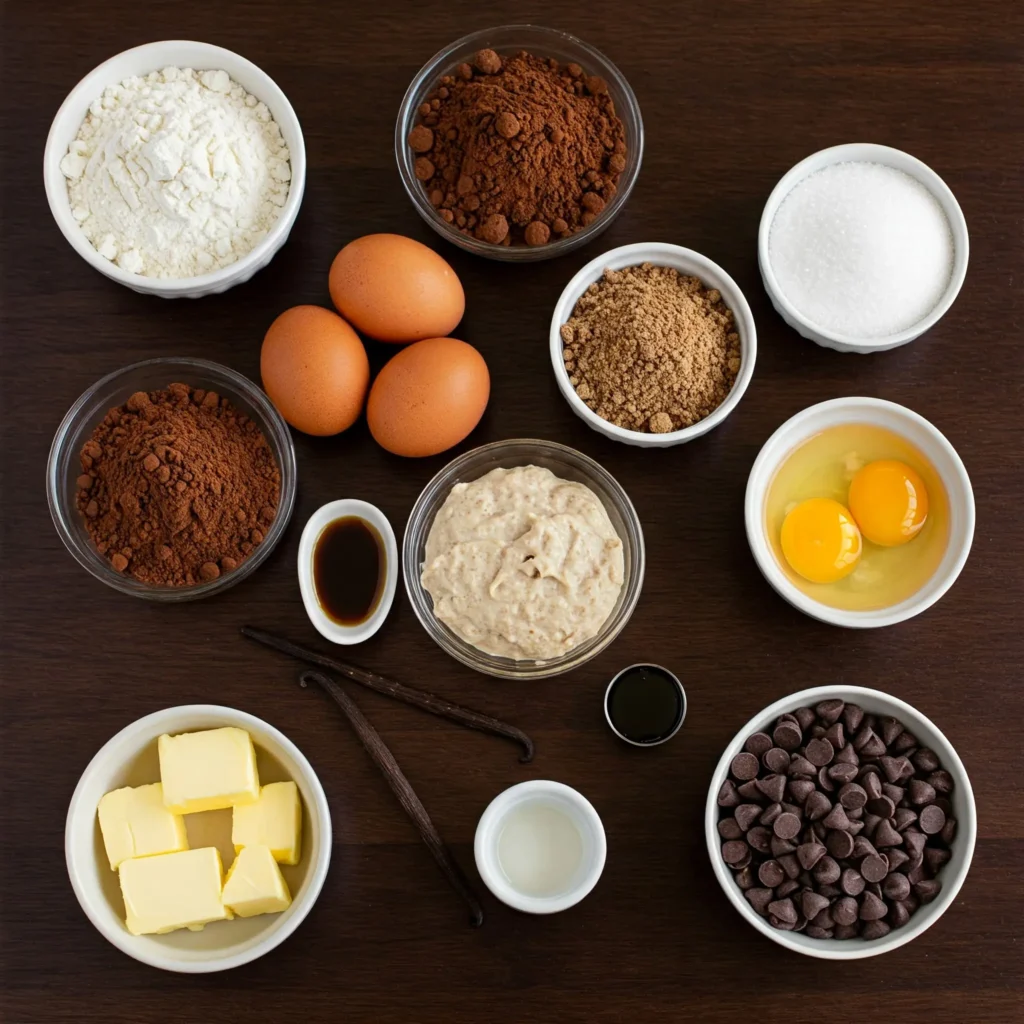
Instructions:
- Preheat your oven
Set your oven to 350°F (175°C) and allow it to fully preheat. Grease an 8×8-inch baking pan with butter or non-stick spray to prevent sticking. You can also line the pan with parchment paper for easy removal and cleaner edges. - Melt butter and mix with sugars
In a large mixing bowl, melt the butter and add both granulated sugar and brown sugar. Stir until the mixture is smooth and fully combined. The brown sugar adds moisture and chewiness, while the granulated sugar helps create a slight crisp on the edges. - Whisk in eggs and vanilla
Add the eggs and vanilla extract to the sugar mixture and whisk until smooth and slightly thickened. This step ensures proper emulsification, giving your brownies a rich texture and deep flavor. - Incorporate the sourdough starter
Stir in the sourdough starter until fully blended. This ingredient not only enhances the brownies’ flavor with subtle tanginess but also contributes to a moist, fudgy texture. Make sure your starter is at room temperature for easy mixing. - Sift and fold in dry ingredients
Sift together the cocoa powder, all-purpose flour, salt, and baking soda in a separate bowl to eliminate clumps and ensure even distribution. Gently fold the dry ingredients into the wet mixture until just combined. Be careful not to overmix, as this can make the brownies dense instead of fudgy. - Add chocolate chips and mix-ins
Stir in chocolate chips for extra richness. You can also add optional mix-ins such as chopped nuts, espresso powder, or sea salt flakes to enhance the flavor and texture. - Pour batter into the prepared pan
Transfer the brownie batter to the greased 8×8-inch pan, spreading it evenly. The batter may be thick, so use a spatula to smooth it into the corners. - Bake the brownies
Place the pan in the preheated oven and bake for 25-30 minutes. To check for doneness, insert a toothpick into the center—if it comes out with a few moist crumbs but no wet batter, your brownies are perfectly baked. If the toothpick is clean, they may be slightly overbaked and less fudgy.
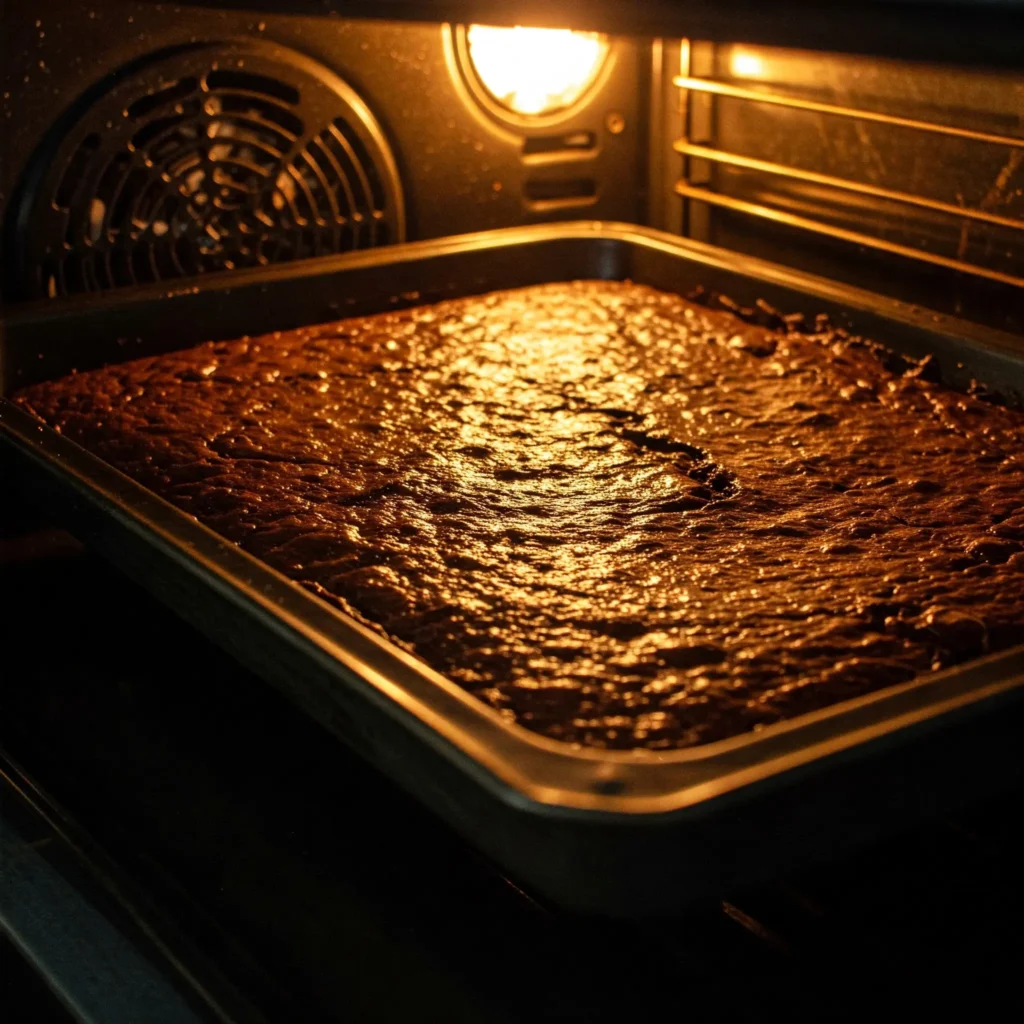
- Let cool before slicing and serving
Allow the brownies to cool in the pan for 20-30 minutes to set properly. This helps them firm up, making slicing easier. If you try to cut them while they’re hot, they may fall apart. For extra fudgy brownies, chill them in the fridge for 30 minutes before slicing. - Slice and serve
Use a sharp knife, wiping it clean between cuts, for neat slices. Enjoy at room temperature for a classic chewy texture or slightly warmed for an ultra-gooey experience.
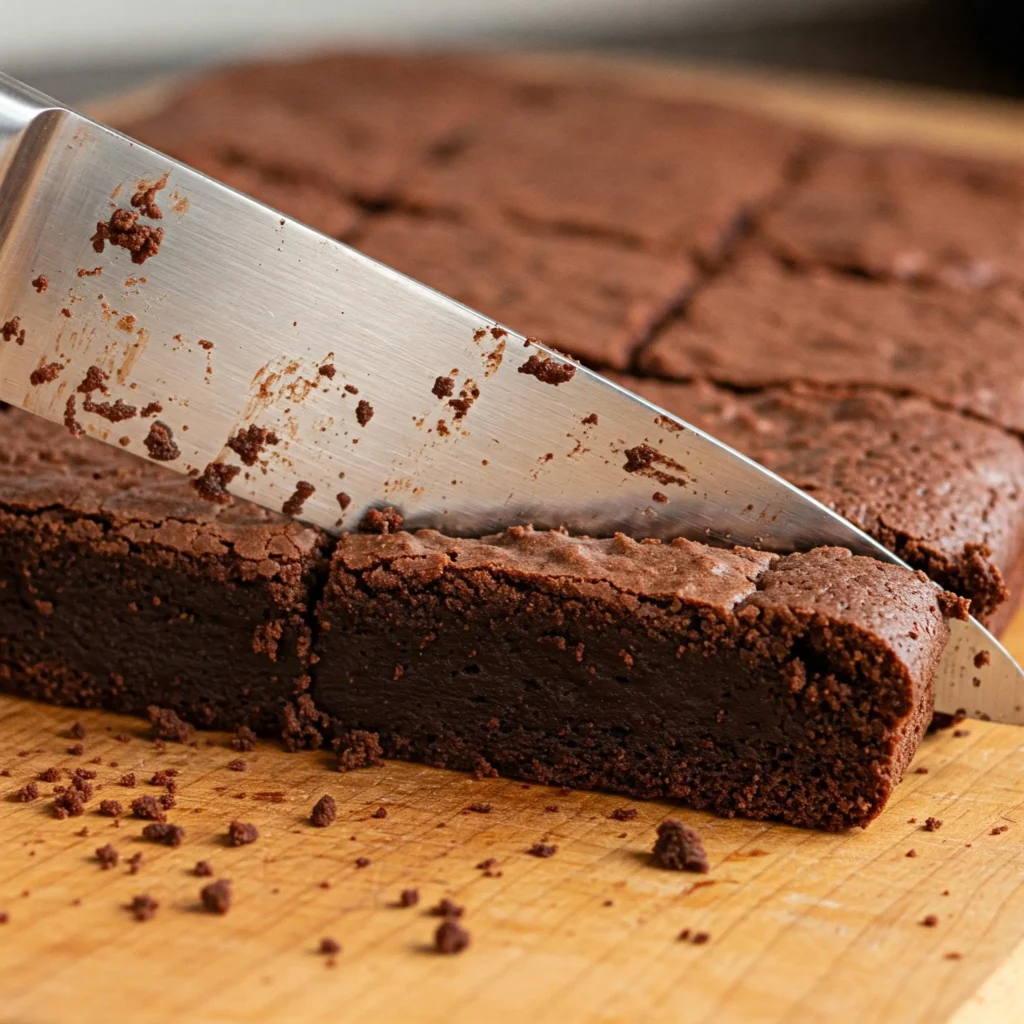
Sourdough Brownie Recipe Variations
There are countless ways to customize sourdough brownies, making each batch unique and delicious. Try incorporating bold flavors, enhancing textures, or experimenting with different flours to create a one-of-a-kind treat. Here are some creative ideas to elevate your sourdough brownies:
Flavor Enhancers:
- Espresso powder – deepens the chocolate with a mocha kick
- Flaky sea salt – balances sweetness with a touch of saltiness
- Caramel – swirls in for a rich, buttery indulgence
- Peanut butter – adds a creamy, nutty layer
- Cinnamon – brings warmth and spice
- Cardamom – enhances complexity with a fragrant touch
Texture Boosters:
- Chopped nuts – walnuts, pecans, or almonds for crunch
- Shredded coconut – adds chewiness and a hint of tropical flavor
- Candy bar chunks – mix in pieces of Snickers, Reese’s, or chocolate bars for extra decadence
Flour Variations:
- Rye flour – introduces a deeper, slightly nutty taste
- Whole wheat flour – gives a heartier, more wholesome texture
Get creative and mix and match these ingredients to craft your perfect sourdough brownies!
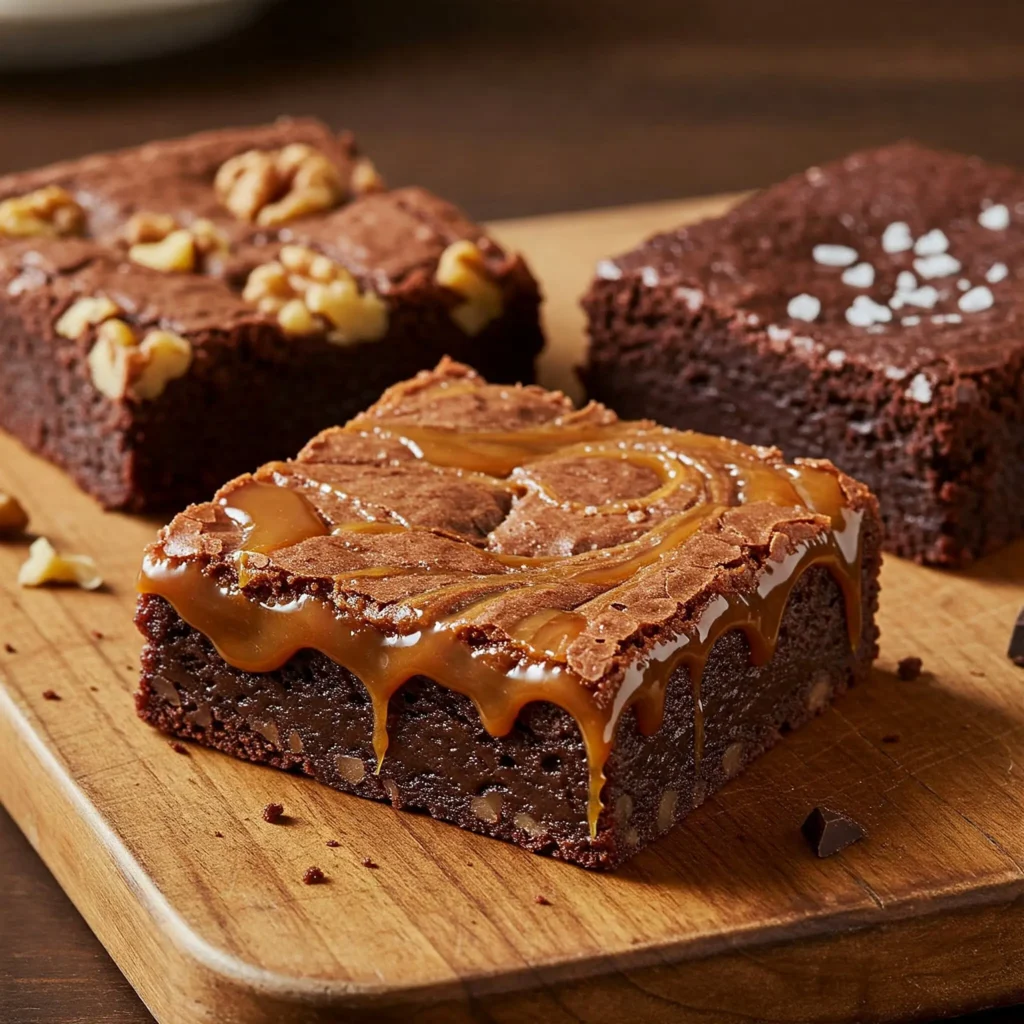
Troubleshooting Common Sourdough Brownie Issues
Density and Gumminess
If your brownies turn out too dense or gummy, it may be due to overmixing the batter or using an inactive sourdough starter. To remedy this, try mixing the batter just until the ingredients are combined and ensuring that your sourdough starter is well-fed and active before using it in your recipe.
Rise and Texture
If your brownies have a sunken center or fail to rise properly, it may be due to using an overripe or overly acidic sourdough starter. To prevent this issue, be sure to use a well-maintained and balanced sourdough starter with a slightly acidic but not overly tangy aroma.
Additional Tips for Success
Additionally, incorporating a small amount of baking soda into your recipe can help to provide additional leavening power and ensure a good rise in your sourdough brownies. By following these tips, you can avoid common pitfalls and achieve delicious, well-textured sourdough brownies.
Health Benefits of Using Sourdough in Baking
Using sourdough starter in baking offers several health benefits compared to traditional commercial yeast or baking powder. The fermentation process that occurs when using sourdough starter helps to break down complex carbohydrates in the flour, making the nutrients more accessible and easier to digest. This can result in baked goods that are easier on the digestive system and may be better tolerated by individuals with gluten sensitivities.
Additionally, sourdough fermentation has been shown to increase the bioavailability of certain nutrients, such as iron and zinc, making them more easily absorbed by the body. The natural acidity of sourdough can also help to tenderize gluten in the flour, potentially making it easier for some individuals to digest gluten-containing baked goods. Overall, using sourdough in baking can offer both nutritional and digestive benefits for those looking for a more health-conscious approach to enjoying baked treats.

Sourdough Brownies: A Delicious and Sustainable Baking Option
Sourdough brownies offer a delicious and sustainable alternative to traditional brownie recipes. By utilizing natural fermentation with sourdough starter, home bakers can create brownies with a unique flavor profile and tender texture that sets them apart from commercially leavened brownies.
Additionally, maintaining a sourdough starter requires minimal ingredients and can be sustained indefinitely with regular feedings of flour and water, making it an eco-friendly and cost-effective option for baking enthusiasts.
The use of sourdough in baking also aligns with sustainable food practices by reducing reliance on single-use commercial yeast and chemical leavening agents. By incorporating sourdough starter into their baking repertoire, individuals can contribute to a more sustainable food system while enjoying delicious homemade treats. Sourdough brownies not only offer a delightful indulgence but also provide an opportunity for home bakers to engage in environmentally conscious baking practices.
FAQs
What is a sourdough starter?
A sourdough starter is a mixture of flour and water that has been fermented by naturally occurring wild yeast and lactic acid bacteria. It is used as a leavening agent in sourdough baking.
How does a sourdough starter work in baking?
The wild yeast and lactic acid bacteria in the sourdough starter interact with the flour and water in the recipe, causing fermentation. This fermentation process helps to leaven the dough, create a unique flavor, and improve the texture of the baked goods.
What are the health benefits of using sourdough in baking?
Sourdough fermentation helps to break down gluten and phytic acid in the flour, making it easier to digest. It also increases the bioavailability of nutrients in the flour, making sourdough bread and baked goods more nutritious.
What are some tips for achieving the perfect texture when baking sourdough brownies?
To achieve the perfect texture when baking sourdough brownies, it’s important to use a well-fed and active sourdough starter, properly ferment the batter, and avoid overmixing. Additionally, using high-quality ingredients and following the recipe carefully can help achieve the desired texture.
How can sourdough enhance the flavor of brownies?
Sourdough adds a subtle tangy flavor to brownies, which can complement the sweetness of the chocolate and enhance the overall flavor profile. The fermentation process also helps to develop complex flavors in the brownies.
What are some common sourdough brownie issues and how can they be troubleshooted?
Sourdough brownies may get dense without proper rising & taste excessively sour. To address these issues, you could ferment the dough for a varied duration utilizing a more active sourdough starter. Also you could modify the quantity of starter in the recipe.
What are some recipe variations for sourdough brownies?
Potential variations for sourdough brownie recipes encompass incorporating nuts, dried fruits, or spices into the batter. You might utilize different chocolate varieties or infuse other flavors like coffee or citrus zest. Such variations can enhance depth and complexity to the flavor profile.
Why Sourdough Brownies Are a Clever Way to Bake Sustainably
Most people don’t think of brownies when they hear “sustainable baking,” but sourdough changes the game. Instead of using commercial yeast, these brownies rely on natural fermentation, making them a more eco-friendly option. Plus, keeping a sourdough starter going helps cut down on food waste, which is always a bonus.
Ever found yourself tossing out sourdough discard? It happens. But instead of letting it go to waste, you can mix it into brownie batter and get something even better. The discard adds depth to the flavor while making the most of what’s already in your kitchen. And thanks to fermentation, these brownies might even be easier to digest. Pretty neat, right?
Final Thoughts
Sourdough brownies aren’t just a fun baking experiment—they’re an easy way to reduce waste while creating a dessert that’s rich, fudgy, and full of character. That subtle tang from the sourdough gives the chocolate an even deeper, more complex taste.
New to sourdough? A seasoned pro? Doesn’t matter—these brownies are worth a try. They bring a touch of tradition into your kitchen while making baking feel a little more sustainable.
So go ahead, give them a shot. You might just end up with a new favorite treat.



